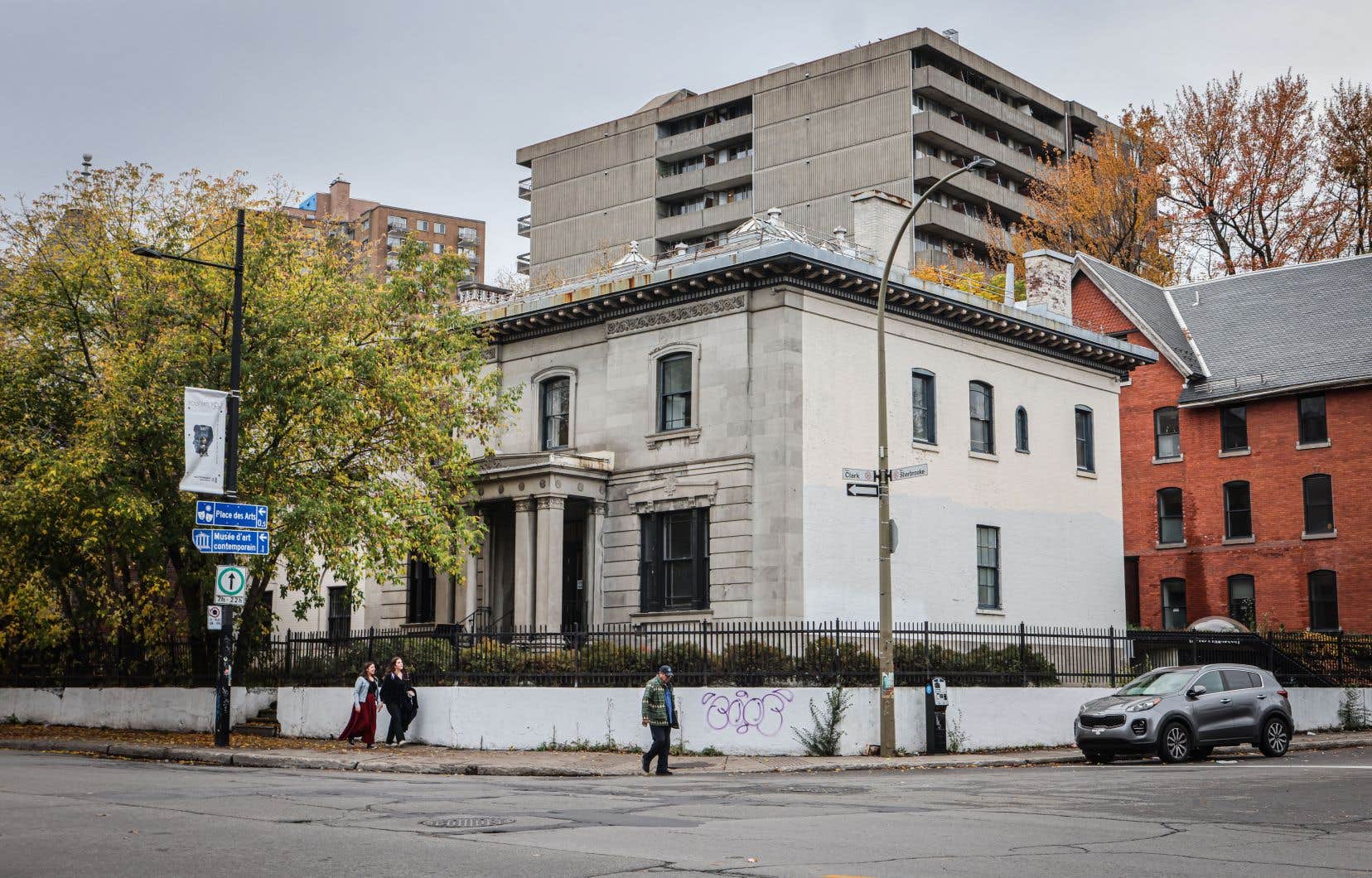The Osmo Foundation, the non-profit organization that owns the Notman House, a heritage building on Sherbrooke Street in Montreal, is unable to pay its mortgage. The organization may have to cede to creditors who intend to resell this space which has become over the years a popular meeting place for players in the Montreal technology scene.
The BDC and Investissement Québec are claiming $323,000 from the Osmo Foundation in unpaid mortgage fees. In documents filed with the Superior Court of Quebec on October 19, the two investment companies write that they have lent a little more than $6.4 million to the Osmo Foundation since 2014 to finance the purchase and renovation of the House. Notman. BDC and Investissement Québec are asking the court to “authorize the sale under court supervision” of the building.
Notices were initially sent last June to the Osmo Foundation by the BDC and Investissement Québec.
The Osmo Foundation was founded in 2009 by eight personalities from the Montreal business sector well known in the new technology sector, including Louis-François Hogue, Philippe Telio, Alan Macintosh and John Stokes. The Osmo Foundation was created expressly to manage the Notman House, renovate it, and create a café and premises that would accommodate young companies from the technology sector.
Spotlight on Ax-C
John Stokes was appointed Chairman of the Board of the Osmo Foundation in January. In interview at Dutyhe says he deplores the fact that government institutions have abandoned the Notman House in favor of a new project, called Espace Ax-C, which was made official at the end of last spring.
Espace Ax-C represents a total investment of $48 million. The Ministry of Economy, Innovation and Energy of Quebec, which reports to Investissement Québec, intends to contribute 38.5 million in this project of creation and support of young technological start-ups which is similar to to what the Notman House is already doing. The Government of Canada is contributing $7 million. The City of Montreal adds 2.5 million.
To welcome new businesses as part of this project, Quebec plans to grant $18 million to renovate premises in downtown Montreal which belong to the École de Technologie Supérieure (ETS).
“Our lenders are no longer interested in extending their partnership with Notman House, given this investment in Ax-C,” says Mr. Stokes. “We hope that the community of entrepreneurs sees the benefit of continuing to make Maison Notman a meeting place. Perhaps this is an opportunity for people who have benefited from it to acquire the property at a price that will make the project financially viable. »
A partly protected building
The Notman House is classified as a heritage building. This protection, granted by the State since 1979, applies to the exterior and interior of the building. A new owner could not, in principle, dispose of everything as he wished, but the effects of abandonment are sometimes unpredictable.
Witness to the momentum of photography in America, the William-Notman house is still noticeable at first glance on Sherbrooke Street. It is one of the rare witnesses of the luxurious bourgeois residences in neoclassical style which lined this opulent avenue. It was built in 1844-1845. In recent years, several restorations have ensured its maintenance.
In the 19th century, this refined house was the nest of one of America’s most famous photographers. A pioneer in photographic reproduction processes, William Notman carried out all kinds of experiments, for example with lightning produced by magnesium, the direct ancestor of flash photography. He is interested in both sports photography and scientific photography. It was he who, the very first, developed with his printer friend George-Édouard Desbarats, leggotypy as well as grained photography, the direct ancestors of screens which still allow photographs to be reproduced in printing to this day.
Several wealthy occupants of this house confirm its highly bourgeois character over time. Besides William Notman, it was occupied by William Collis Meredith, a jurist who, as a soldier, fought the patriots during the Battle of Saint-Eustache. The house was also the residence of Thomas Blackwell, the powerful boss of the Grand Trunk Railway. Alexander Molson, linked to his family’s brewing, banking and shipping activities, was also an occupant.
William Notman occupied this residence from 1876 to 1891. Several spaces in this building, today in excellent condition, bear witness to the cultural contribution of this leading photographer.
